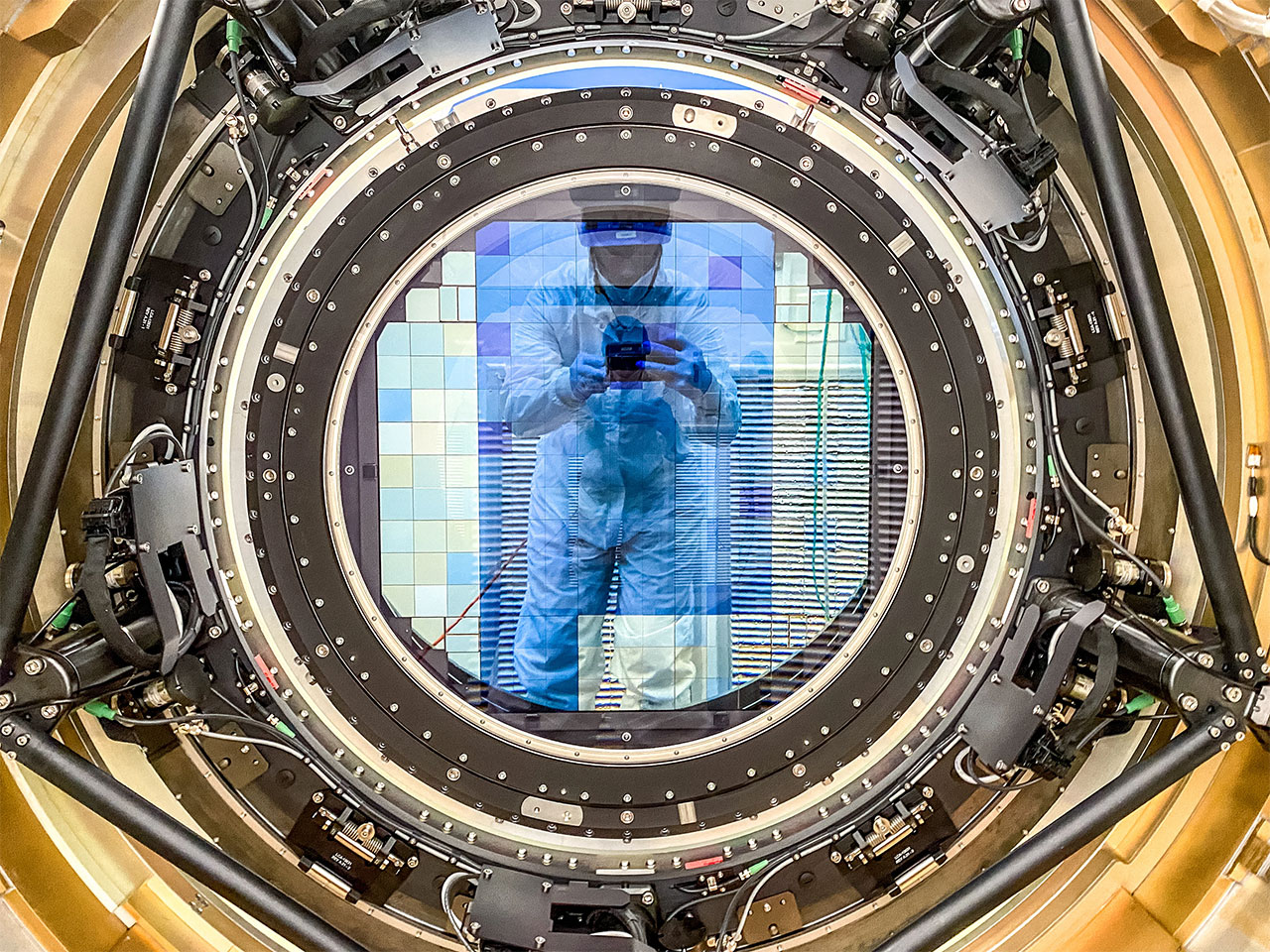This camera, with a resolution of 3.2 gigapixels, will monitor the sky continuously for 10 years.
How many megapixels is your phone’s camera? Let it be 16, or 48, or let’s go even further, let it be 108 mp. Let’s get it over the top, 200mp Let’s assume that you get a glassy image from a camera worth 1000 TL. This is what scientists have established huge digital camerathe kind that makes anything you hold in your hand look like a toy.
Coming to the end of 9 years of development LSST CameraIt will be used in the field of astronomy and will be an important part of the Vera Rubin Observatory. The observatory, which is working on a study that will continue space observation non-stop for 10 years, has discovered data extending from the depths of the universe to dark matter. 60 petabytes will be alone with a file.
The roughly 1.5 meter wide optical lens will capture the sky every 20 seconds with a 15 second exposure setting.
In this process, it will automatically change the filter and ensure that light of every wavelength is displayed. As a result of this ongoing task, a ‘time lapse shooting‘ (timelapse) will be created and the sky of the southern hemisphere will be changes will be monitored. Additionally, other scientists will be able to use the events captured by this camera as data to feed their own telescopes.
The camera has a weight of 2,812 kilograms. 189 CCDs The camera containing the camera is divided into groups of 21. There are also square sensors on the CCDs in question. These tiny devices, which we can consider as digital cameras in themselves, capture the mosaic image of the sky. These need to be very close to each other and not touching. However, when there is a gap in between, the stars fall into that gap, means data loss.

When put into use, this camera will accumulate 15 terabytes of data every day. Apart from its resolution, the camera field of view It’s also quite big. Even though it has such a huge resolution, 40 full moons can fit inside it. Essentially, since we will have an eye constantly looking up, we will be able to see how dynamic the universe is. What are your thoughts?
RELATED NEWS
NASA Will Create a “Time Standard” for the Moon (We Also Continue to Discuss Summer-Winter Time…)
Source :
https://gizmodo.com/lsst-digital-camera-vera-rubin-observatory-slac-1851383305
